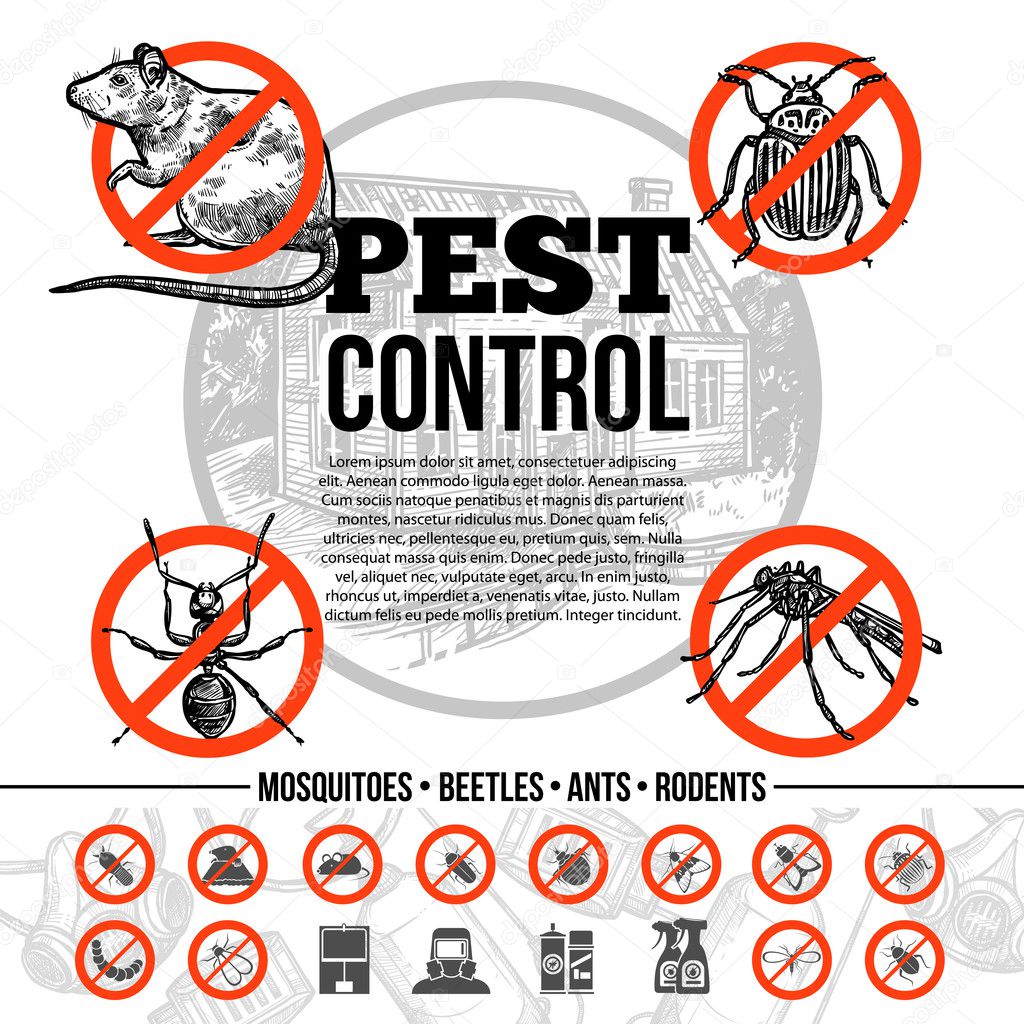Invasive species can cause chaos on ecosystems and pose serious challenges to pest control in residences and companies. As some non-native pests thrive in foreign habitats, they often become difficult to manage and can cause damage to property and human health. Understanding which invasive species to keep an eye on, along with successful management strategies, is essential for keeping your living space pest-free all year long.
In this manual, we will examine the top invasive species that property owners and property managers should be mindful of. We will examine their characteristics, the dangers they pose, and provide useful advice on how to stop and contain these pests. From common household nuisances to more serious threats, knowing how to spot these species and reacting appropriately can help defend your home and safety.
Common Domestic Pests
Home pests are a common nuisance for residents, and recognizing their habits is essential to effective management. Typical pests include fire ants, German cockroaches, and bed bugs. Ant species are very communal insects that sometimes invade residences in search of resources. They can quickly become a serious problem, especially when foraging trails lead to nests within structures or basements. Cockroaches, on the other hand, thrive in dark, warm places, making them particularly challenging to remove once they set up a presence. Bed bugs are well-known for their ability to lurk in small fissures and corners, sucking on human blood during the darkness, which can cause irritation and worry for those affected.
Successful pest management starts with proper recognition to utilize the correct strategies. For case in point, managing with ants may entail sealing access points and setting traps, while roach control requires careful cleaning and possibly insecticide treatments in infested zones. https://output.jsbin.com/nizayatehi/ requires expert extermination due to their resilience and rapid reproduction rate. Residents should be watchful about signs of problems, such as droppings, nests, or wounds, and act quickly to mitigate issues.
Understanding the usual behavior and living spaces of these pests can substantially affect the success of control efforts. Weather-related can also affect pest activity, with certain species becoming more noticeable in spring or fall. Regular maintenance, including evaluations and protective actions, can help curb the problem before it grows. By remaining vigilant and knowledgeable, residents can create a clean environment all year the calendar.
Efficient Insect Management Methods
To effectively control non-native species and domestic pests, a comprehensive approach is essential. This entails understanding the specific pests you are facing, including their mannerisms and living conditions. For example, ants may be attracted to food supplies, while rodents seek refuge. Detecting is the initial step in crafting your pest control strategy. Once the pests are detected, you can decide the most effective methods of extermination, emphasizing both prompt action and sustained avoidance.
In addition to traditional pesticides, consider incorporating eco-friendly pest control methods that are harmless for both your household and the environment. Utilizing pest control queen creek az , diatomaceous earth, and catching systems can efficiently reduce pest populations without dangerous chemicals. Furthermore, these methods often enhance professional pest control offerings, ensuring that your home remains pest-free year-round. Keep in mind that some pests, such as termites and cockroaches, require targeted treatment due to their hardiness and the potential damage they can cause.
Proactive measures play a critical role in pest control strategies. Regularly inspecting your home for signs of pest presence and maintaining tidiness can significantly lower the likelihood of pest problems. Seasonal upkeep, such as sealing cracks, safeguarding food storage, and maintaining your landscape, is vital in keeping invasive species at bay. By understanding how to defend your home based on the shifting seasons, you can create a preemptive approach that reduces the chances of infestations. Establishing a routine for professional inspections can also help catch potential issues before they escalate, making sure your home remains a pest-free haven.
Seasonal Pest Prevention Advice
As the months shift, so do the types of pests that may enter your house. Spring brings a surge in bugs like ants and mosquito populations. To prepare, make sure that your window frames and entryways are properly closed, and inspect for any openings that could draw in these insects. Consistently tidying your yard and clearing rubbish can greatly minimize their breeding sites. Additionally, consider establishing Bed Bug control Queen Creek in early spring to anticipate potential infestations.
In summer, the warm weather can lead to an increase of multiple bugs including wasp nests and flies. Keep your kitchen tidy by quickly addressing spills and storing food in sealed containers. Utilizing outdoor pest control methods like lemon-scented candles can help combat mosquitoes during outdoor events. It's also wise to inspect your home’s exterior for any fissures or gaps that could give bugs unobstructed access to your living space.

As autumn comes, rodents often look for shelter from the cold. Seal any gaps in your home's base or around plumbing to deter mice and vermin from getting into your house. Store firewood away from the house and make sure that your gutters are clear to prevent water accumulation, which can attract insects. Routine inspections and maintenance will help keep your house free of pests through the colder months, laying a strong base for continued pest management in the winter season.
